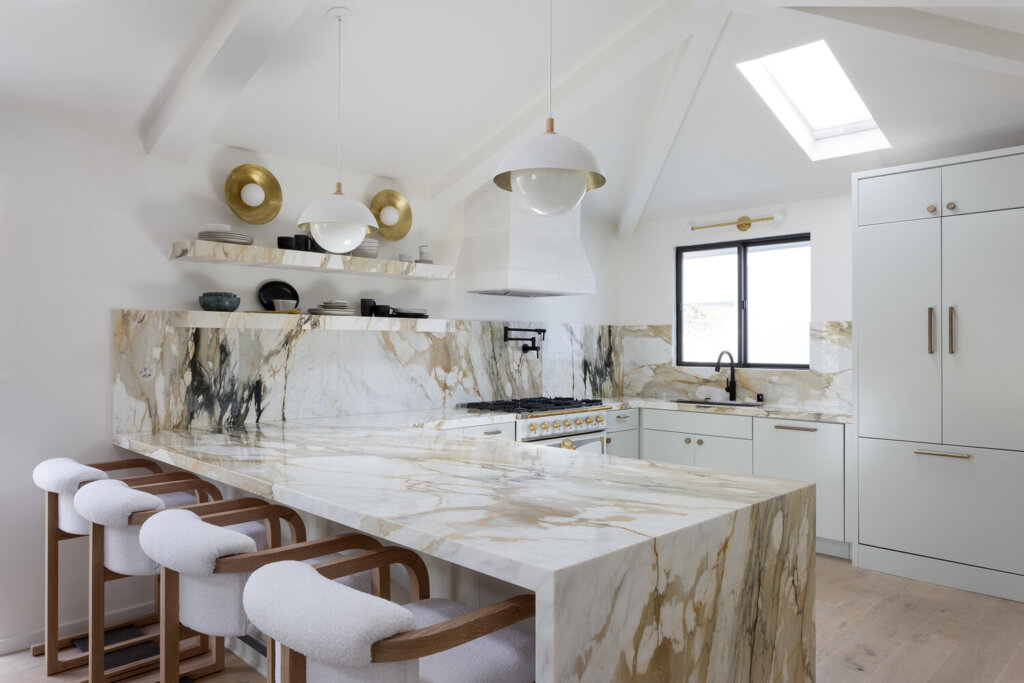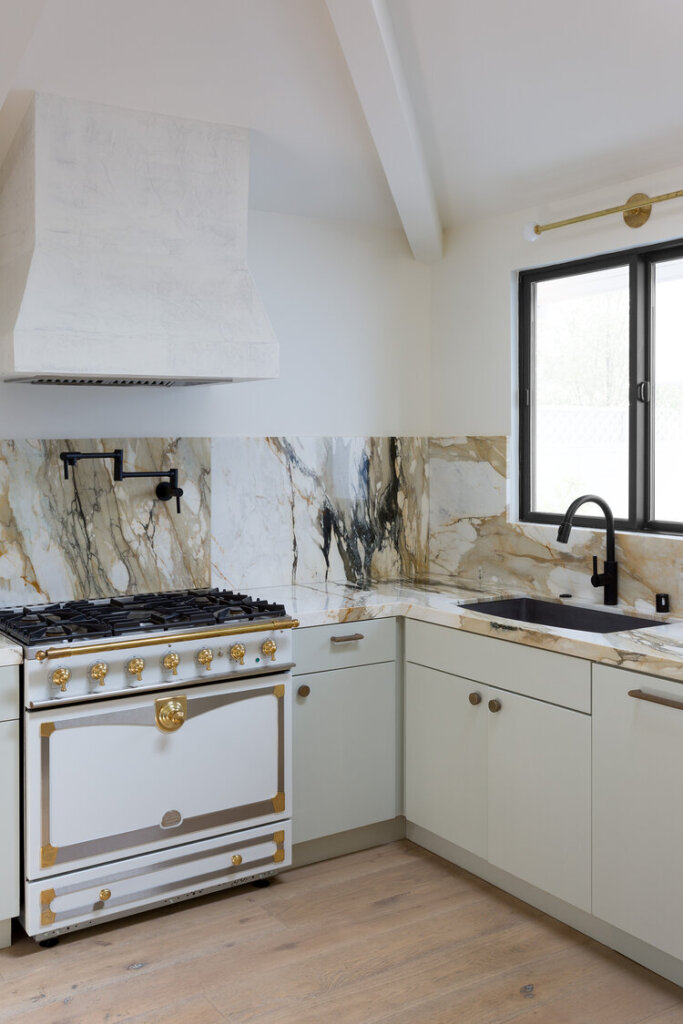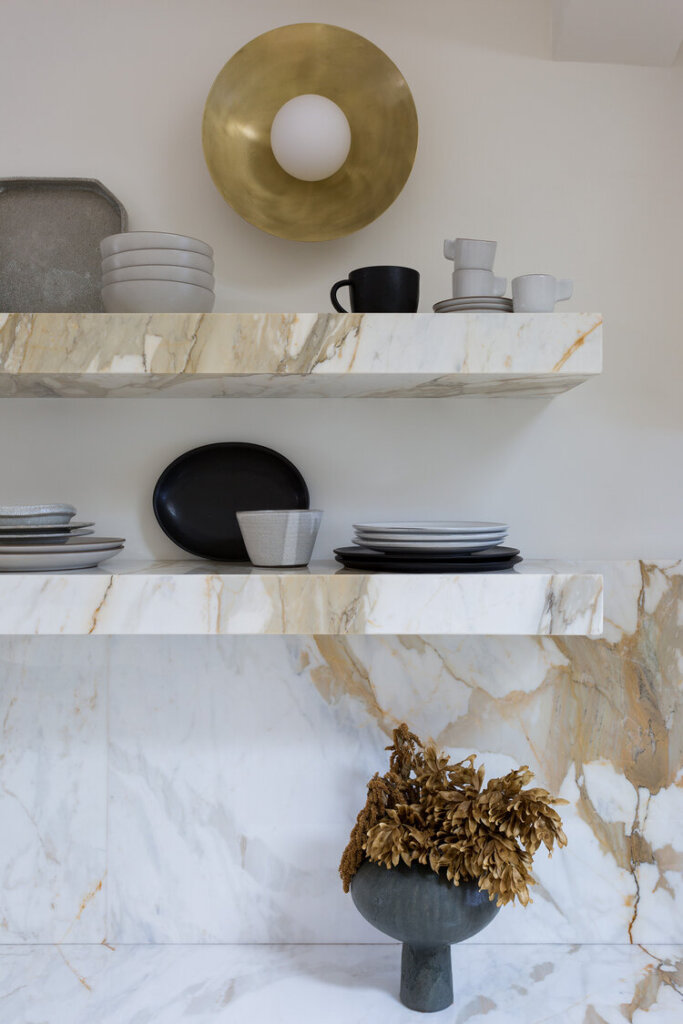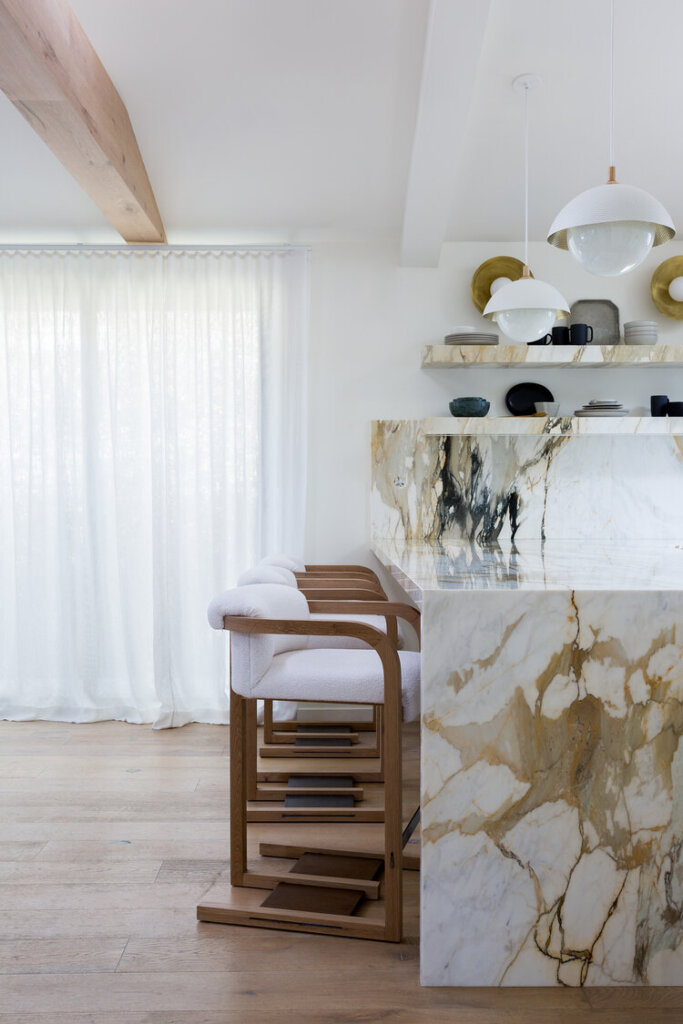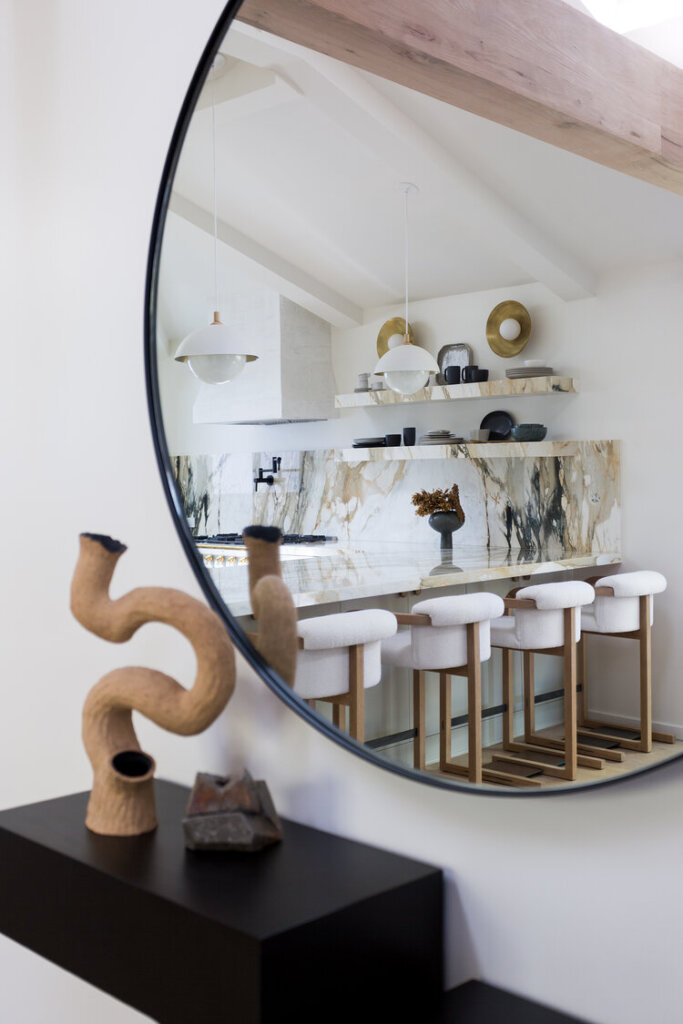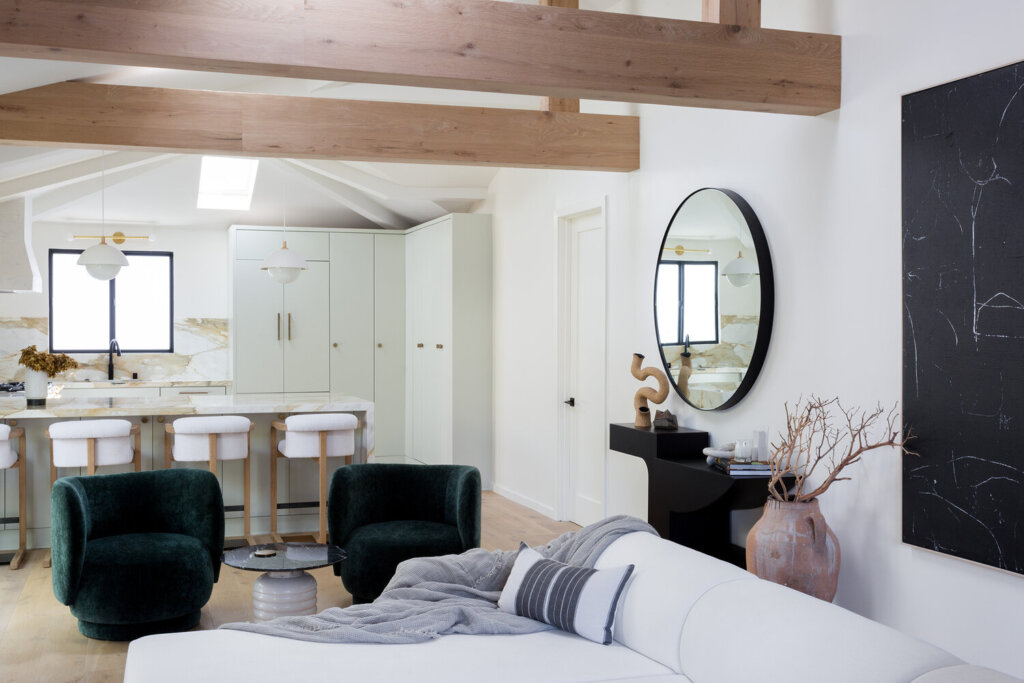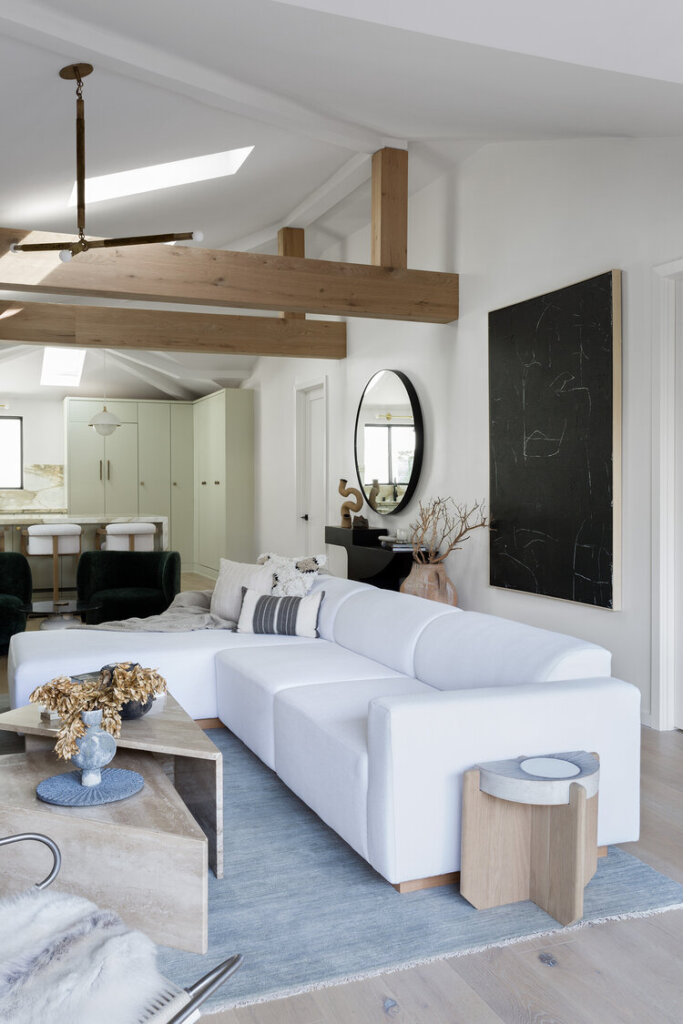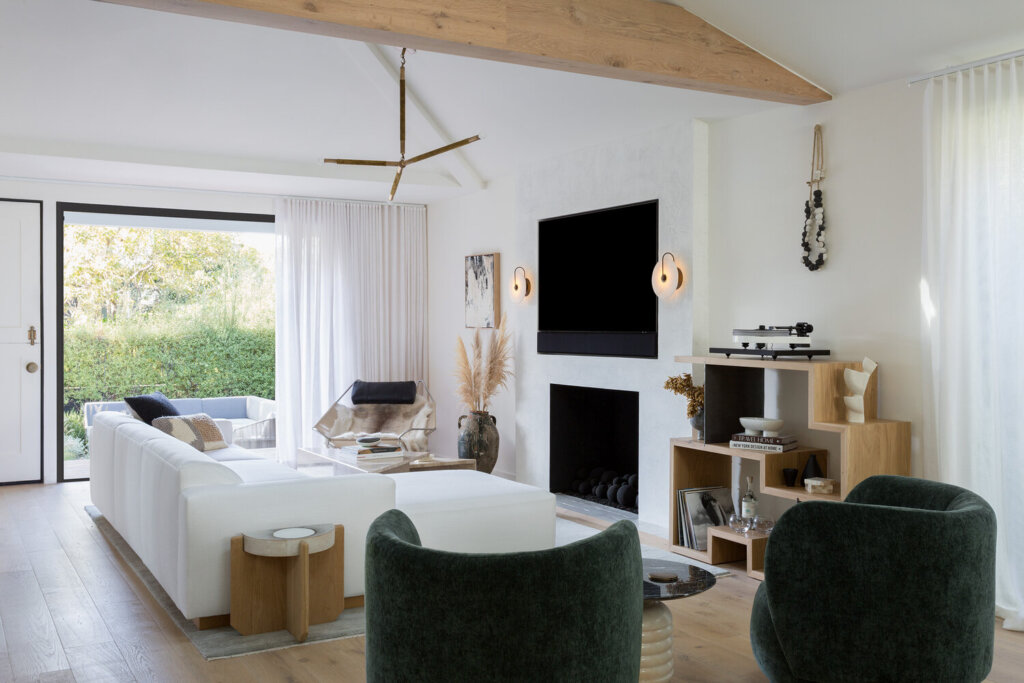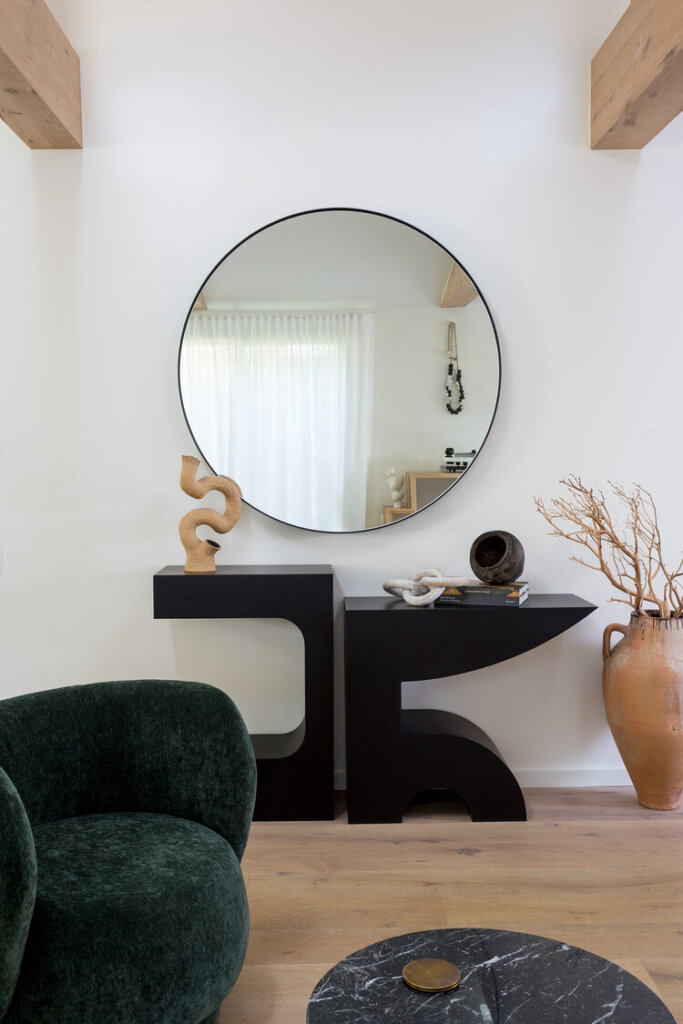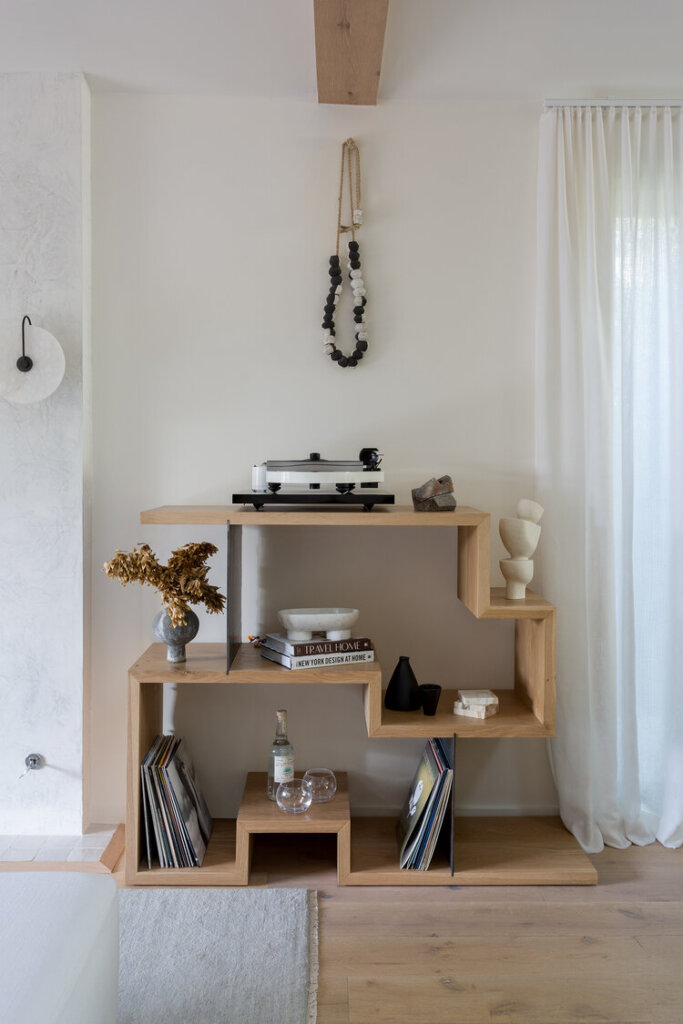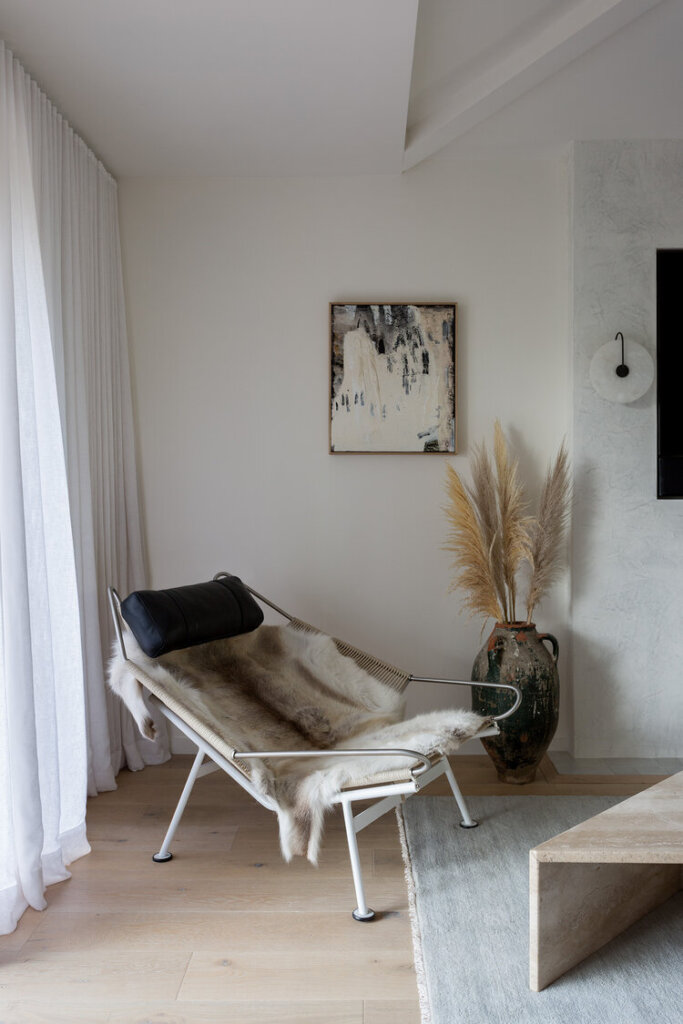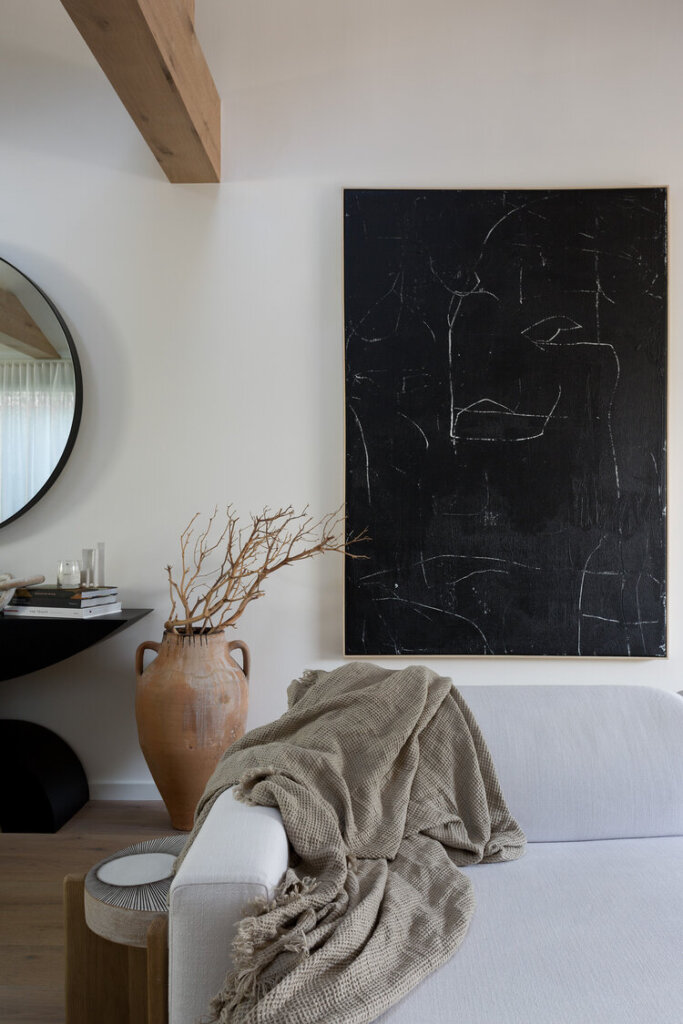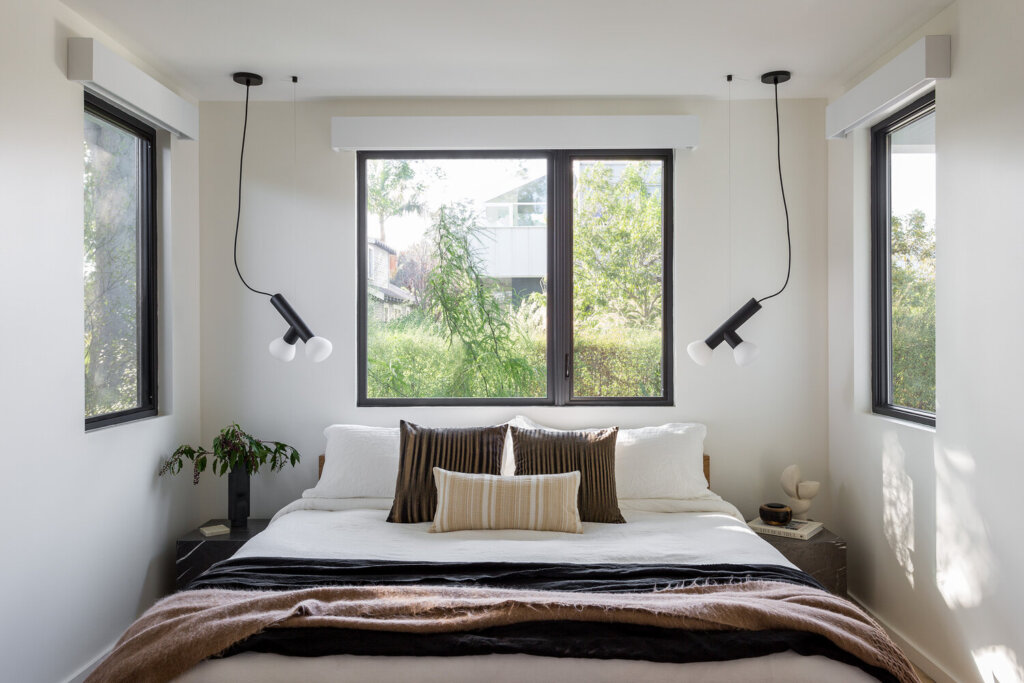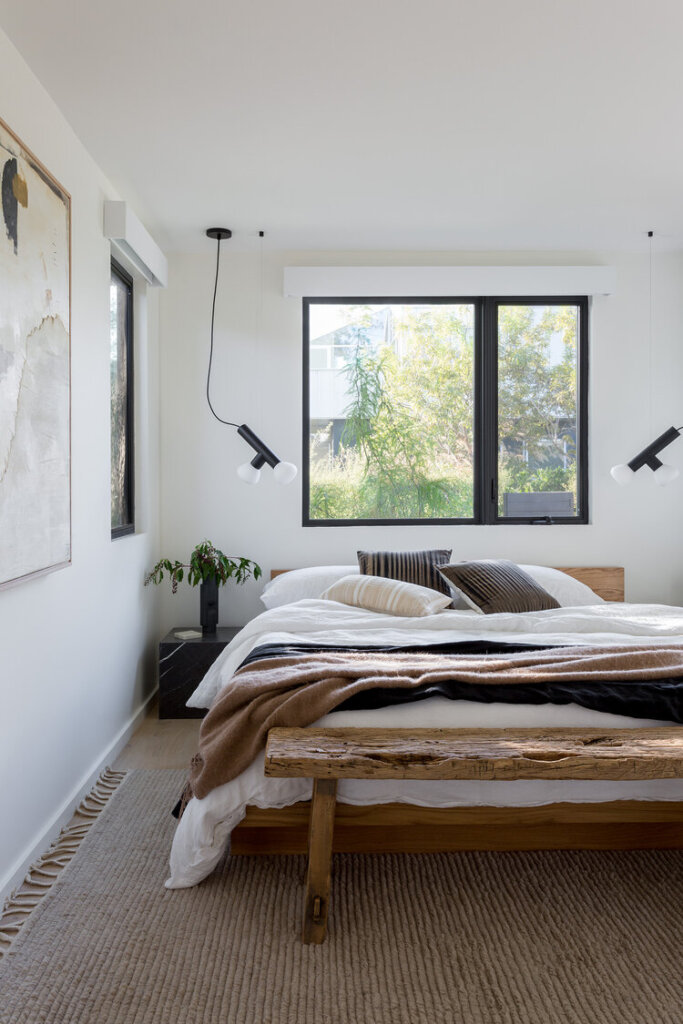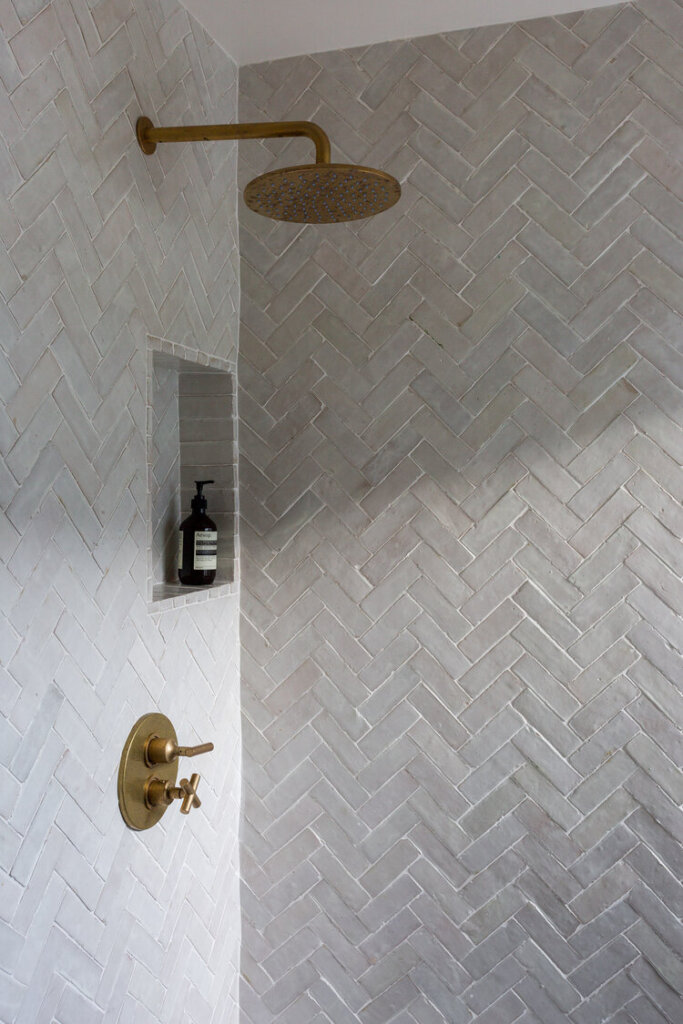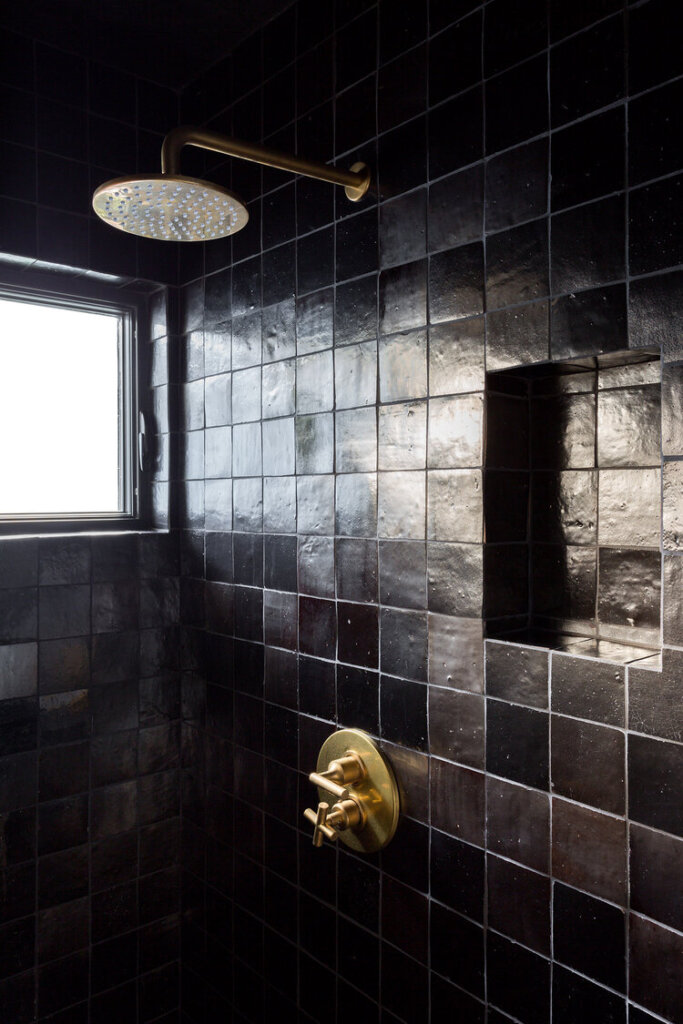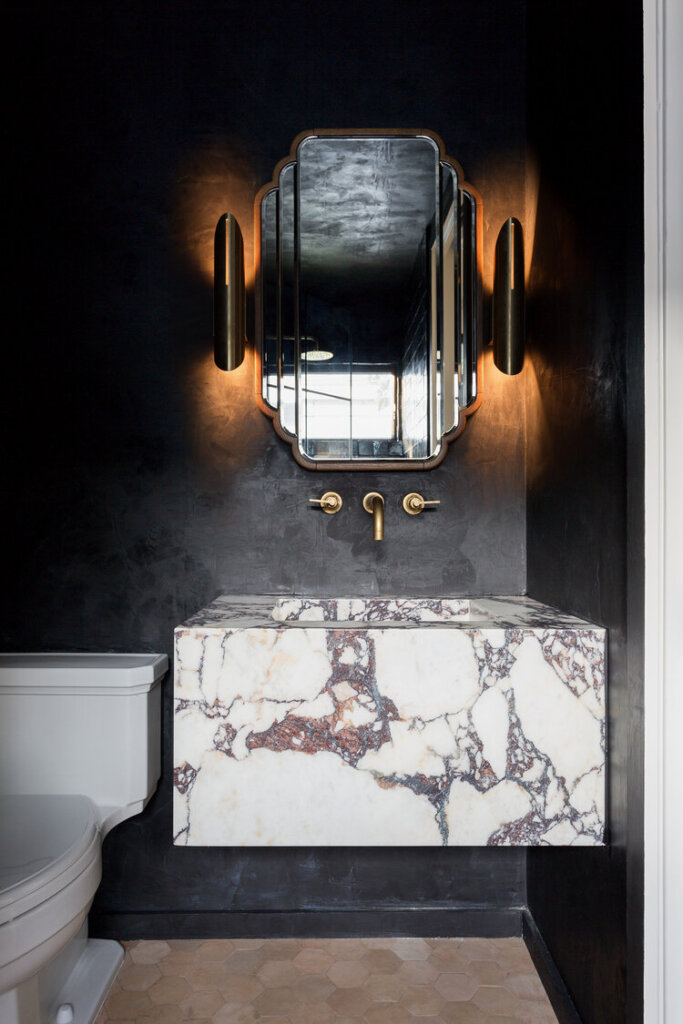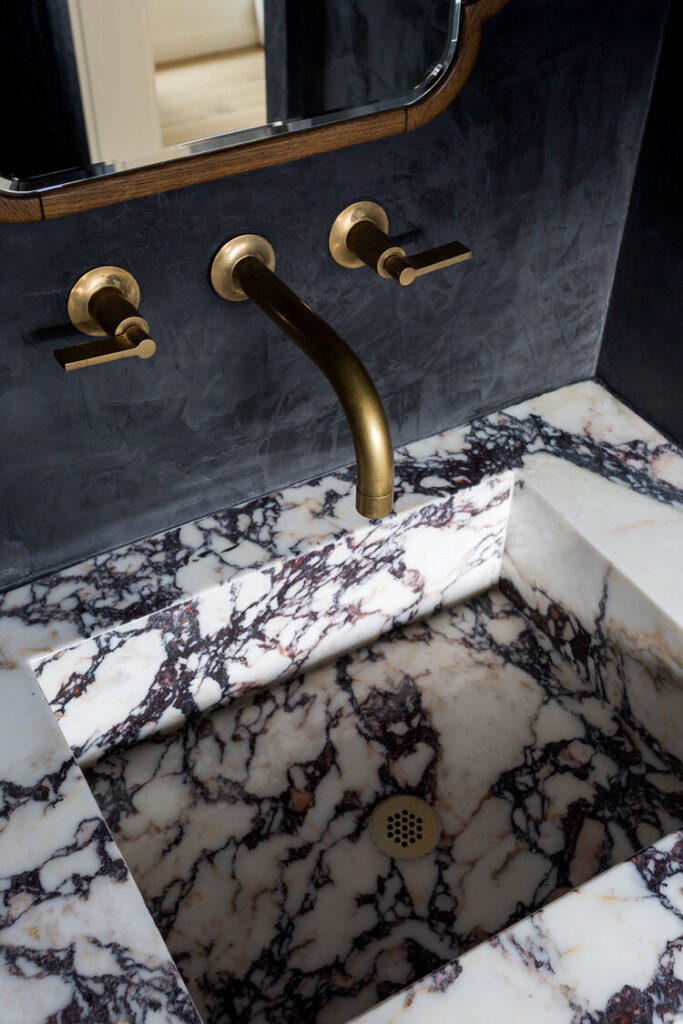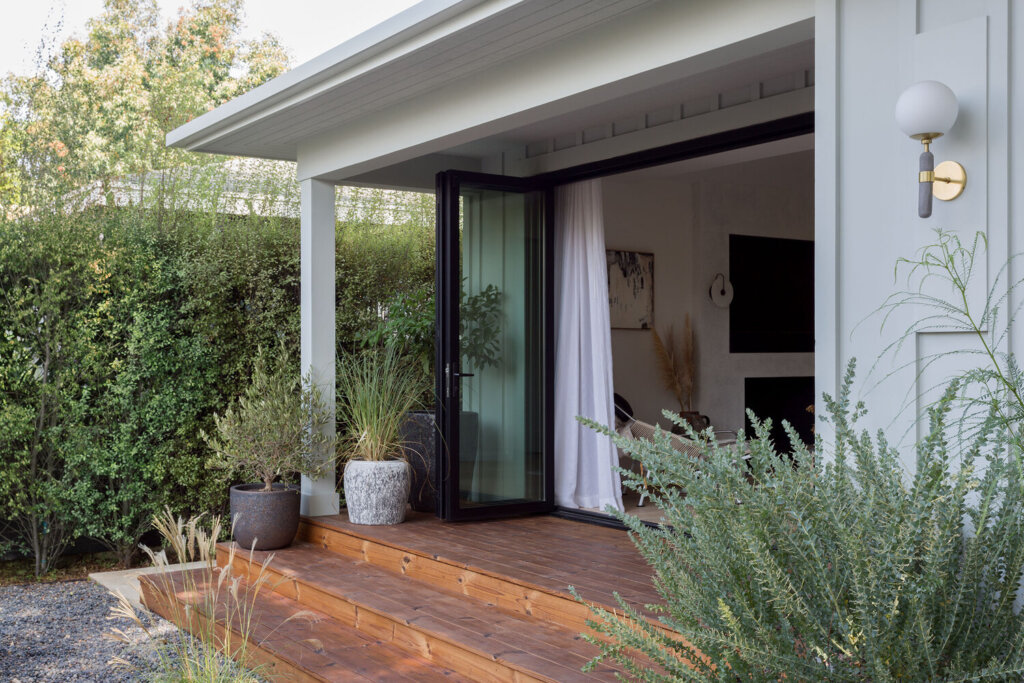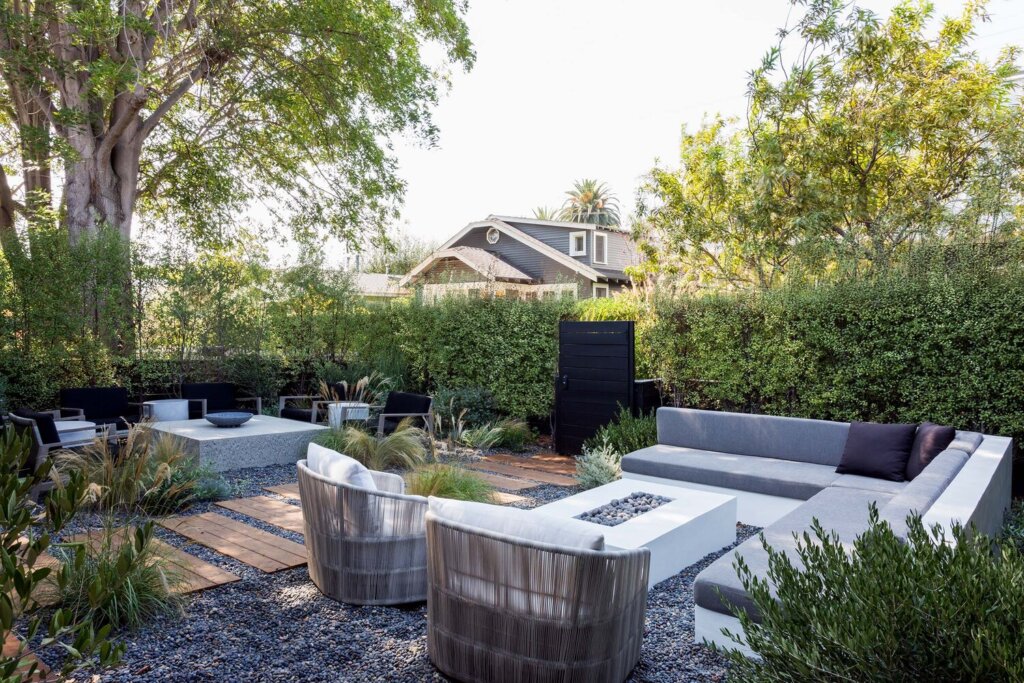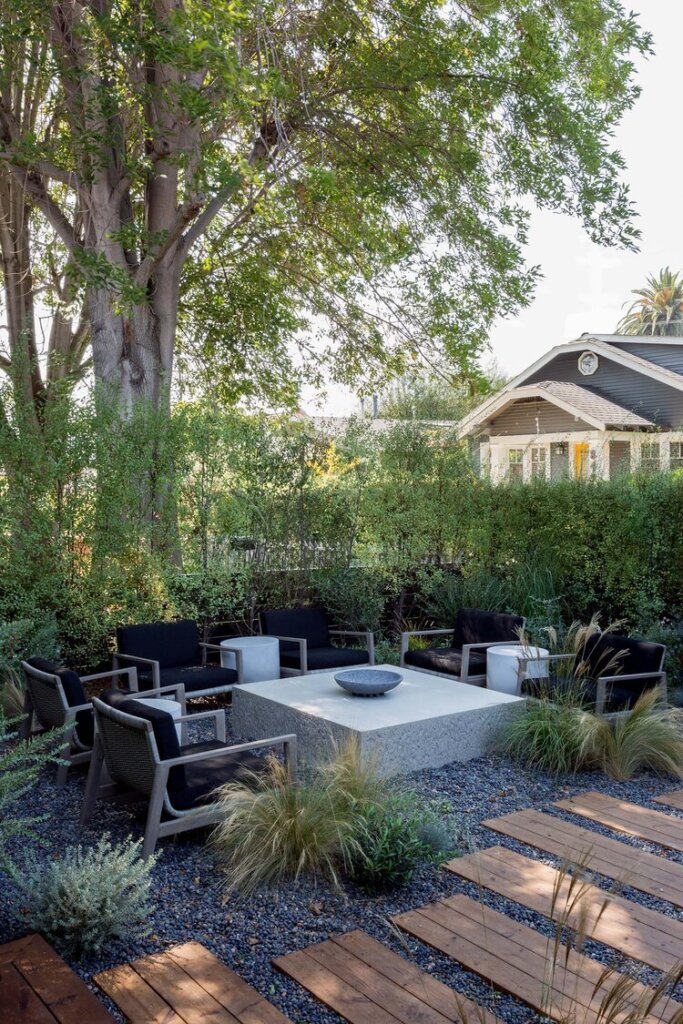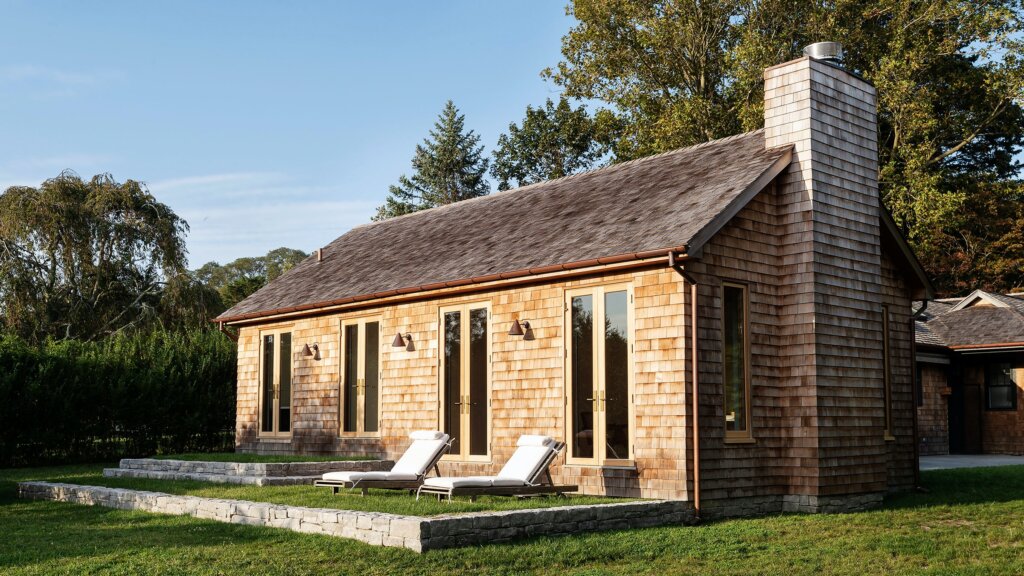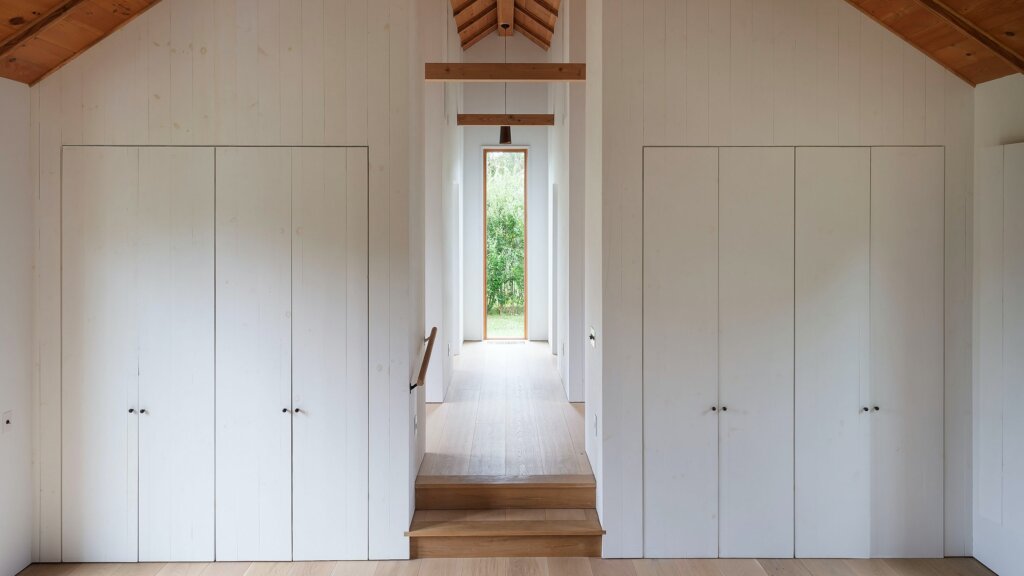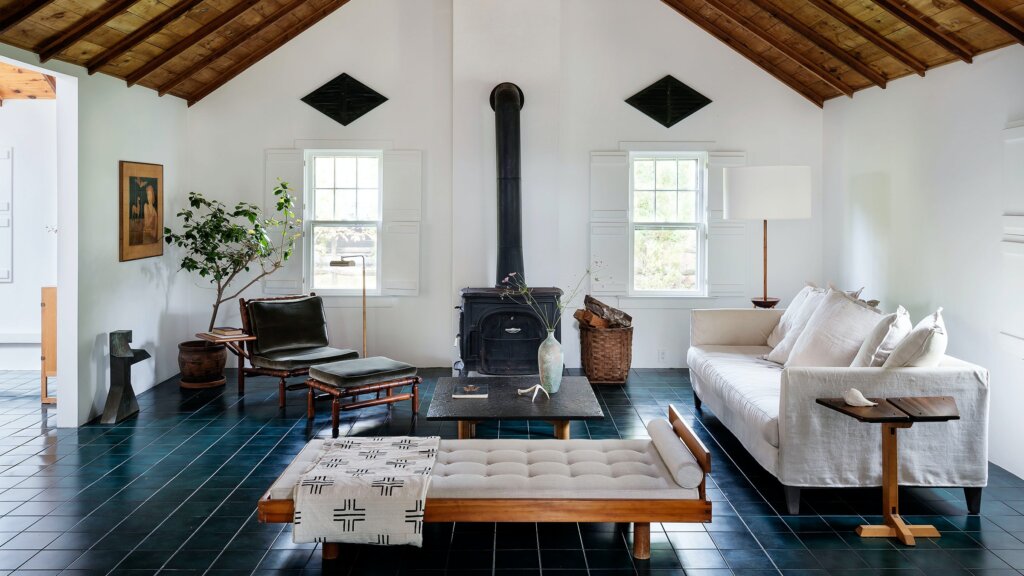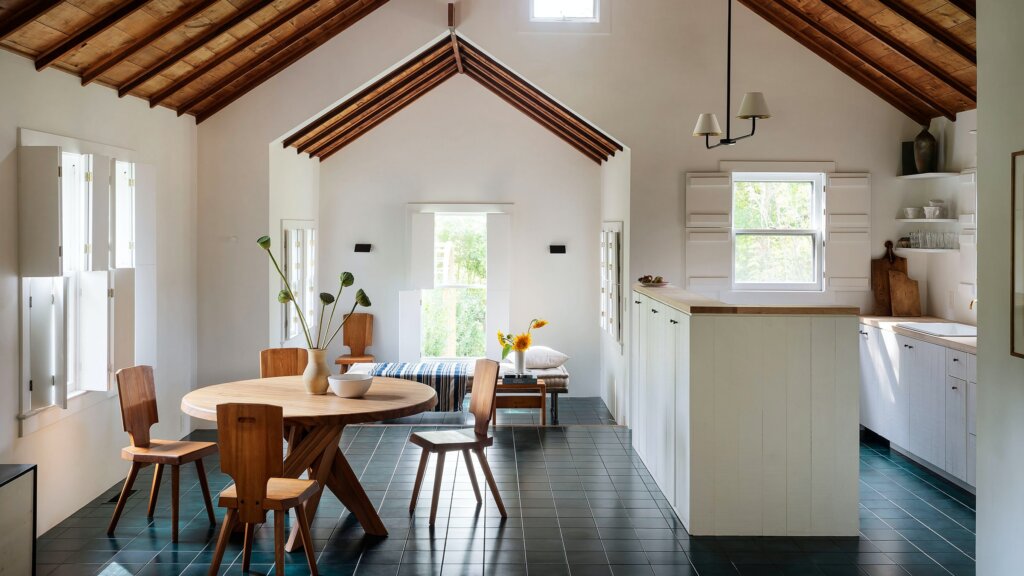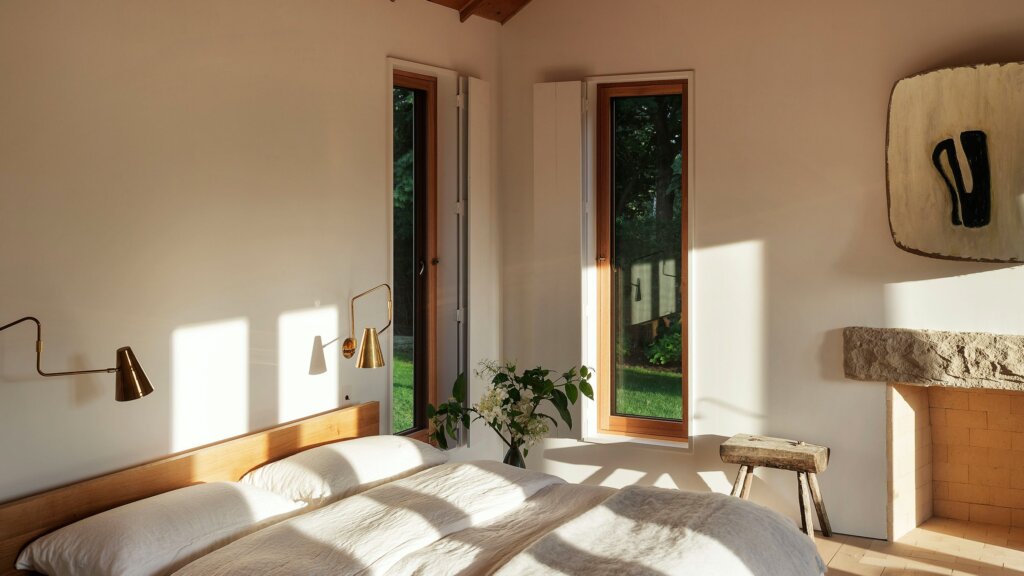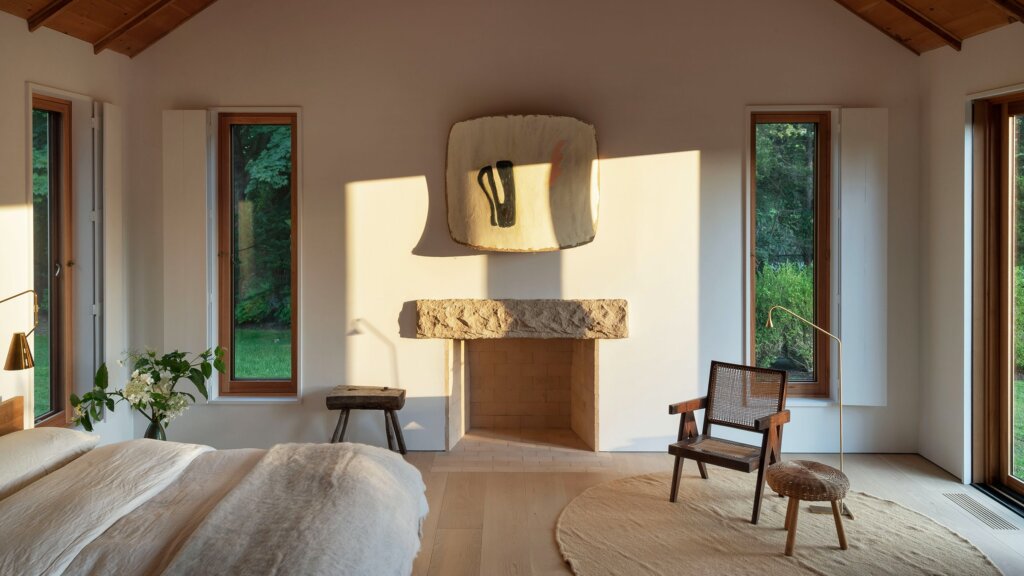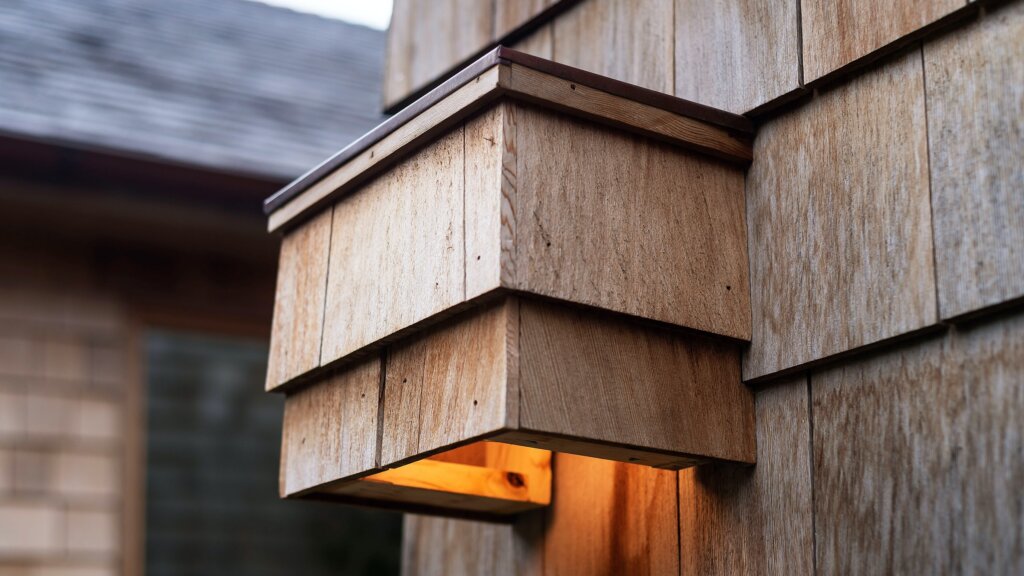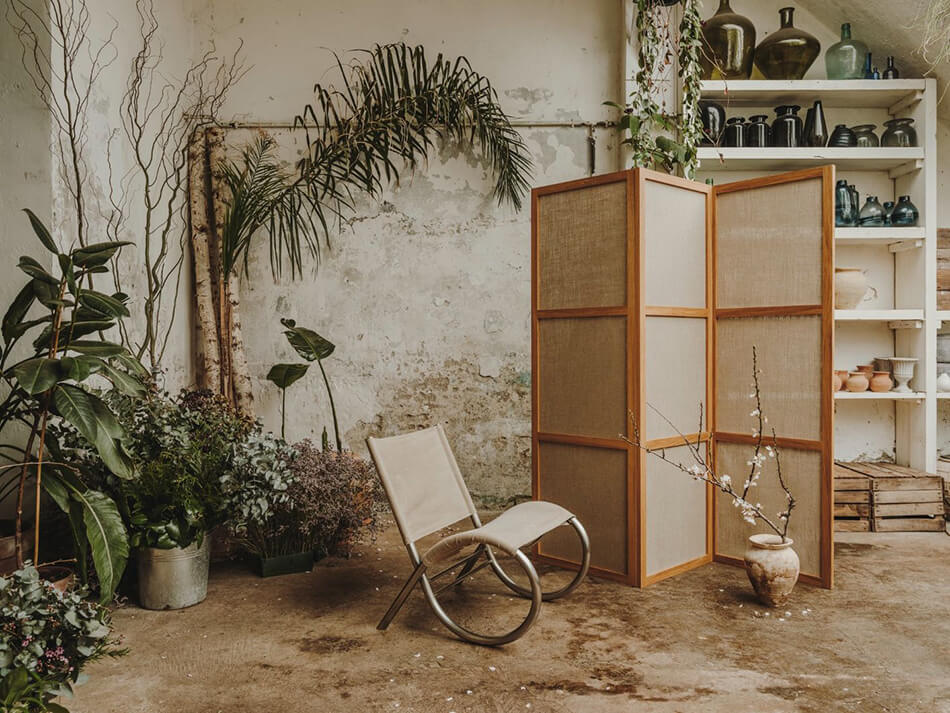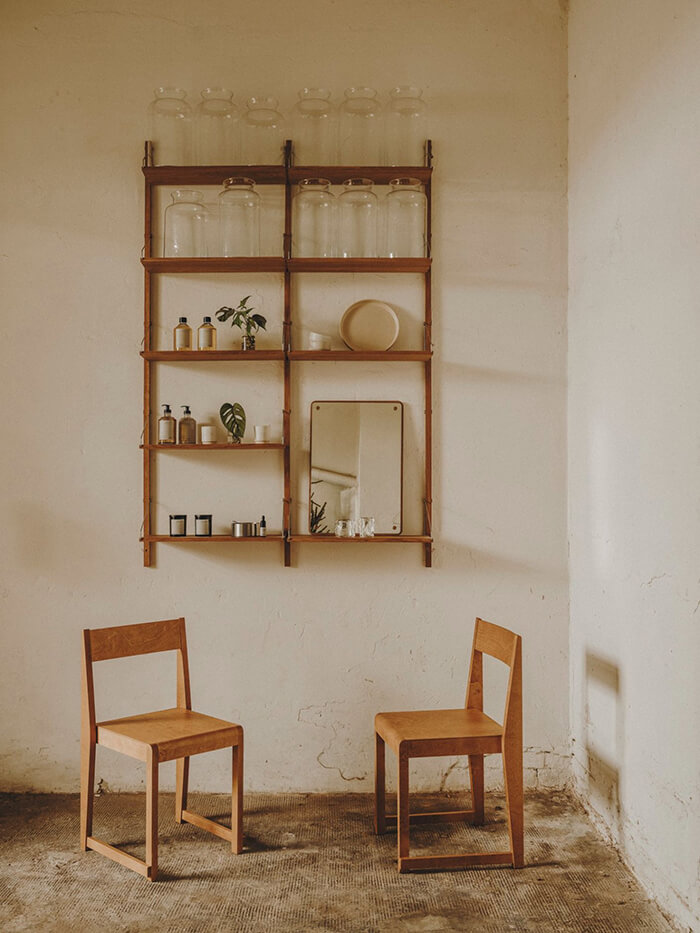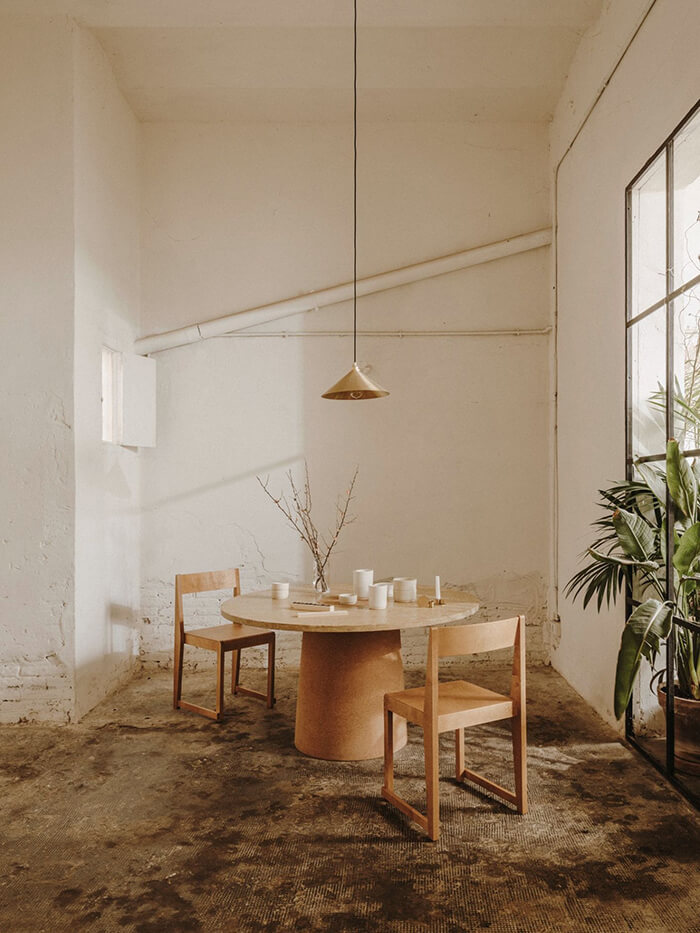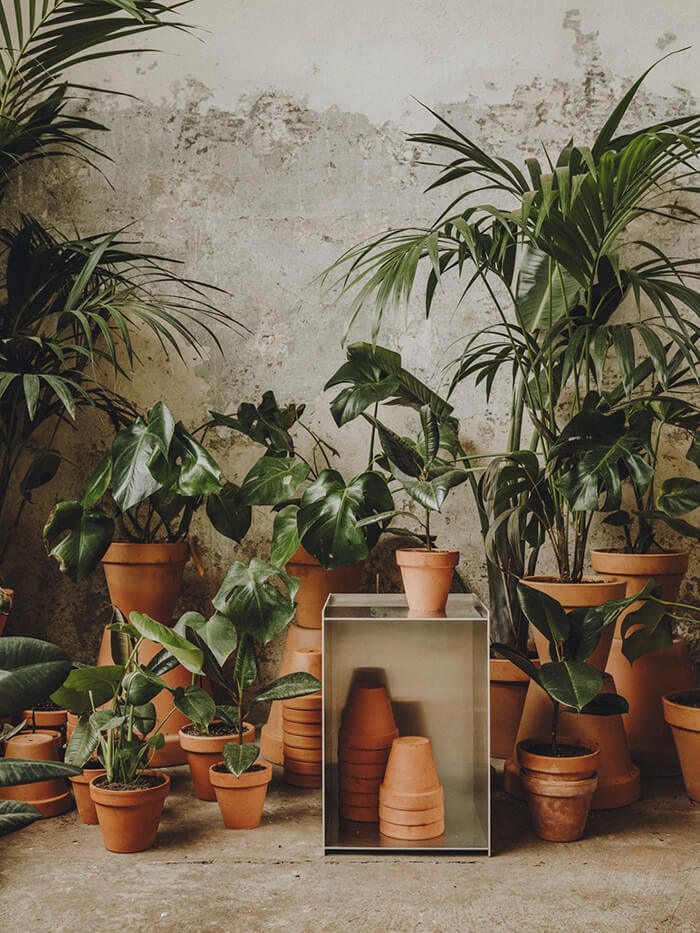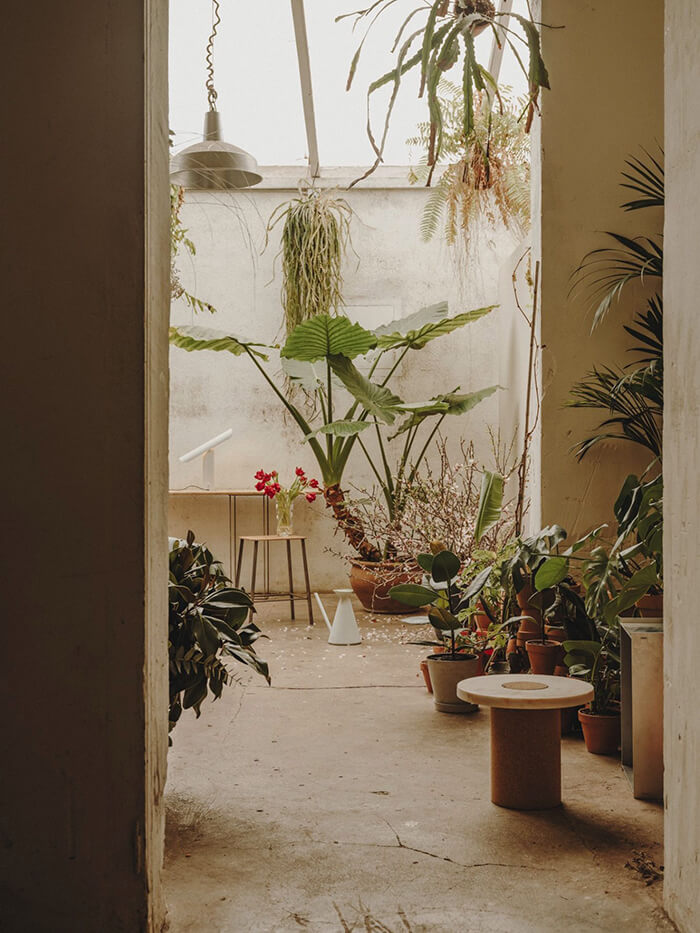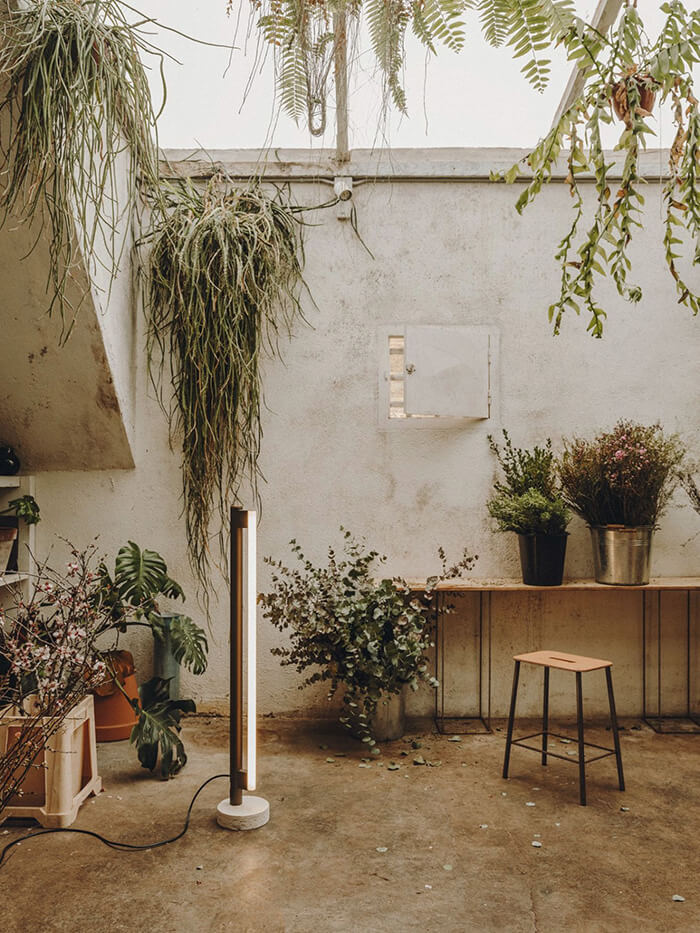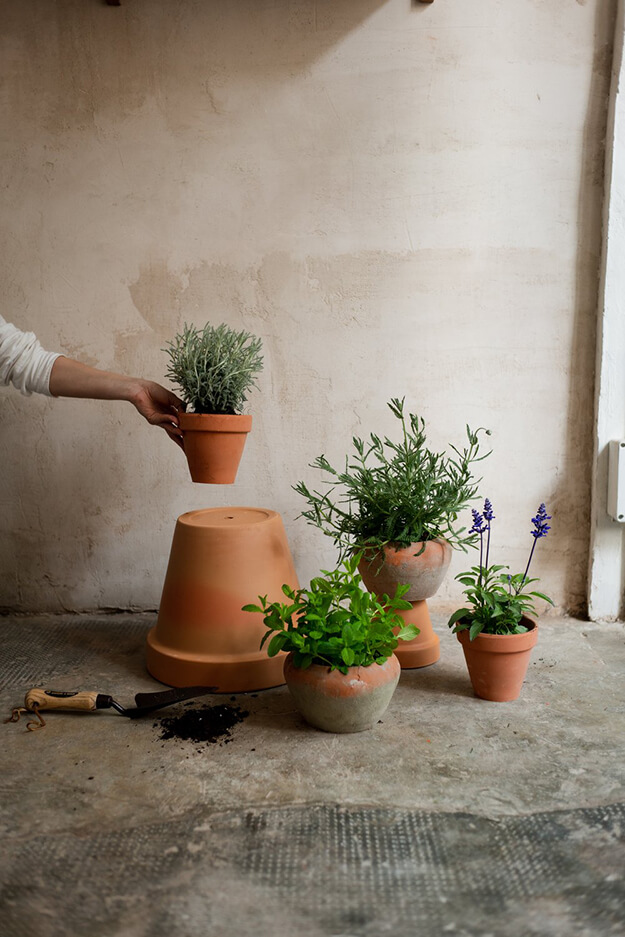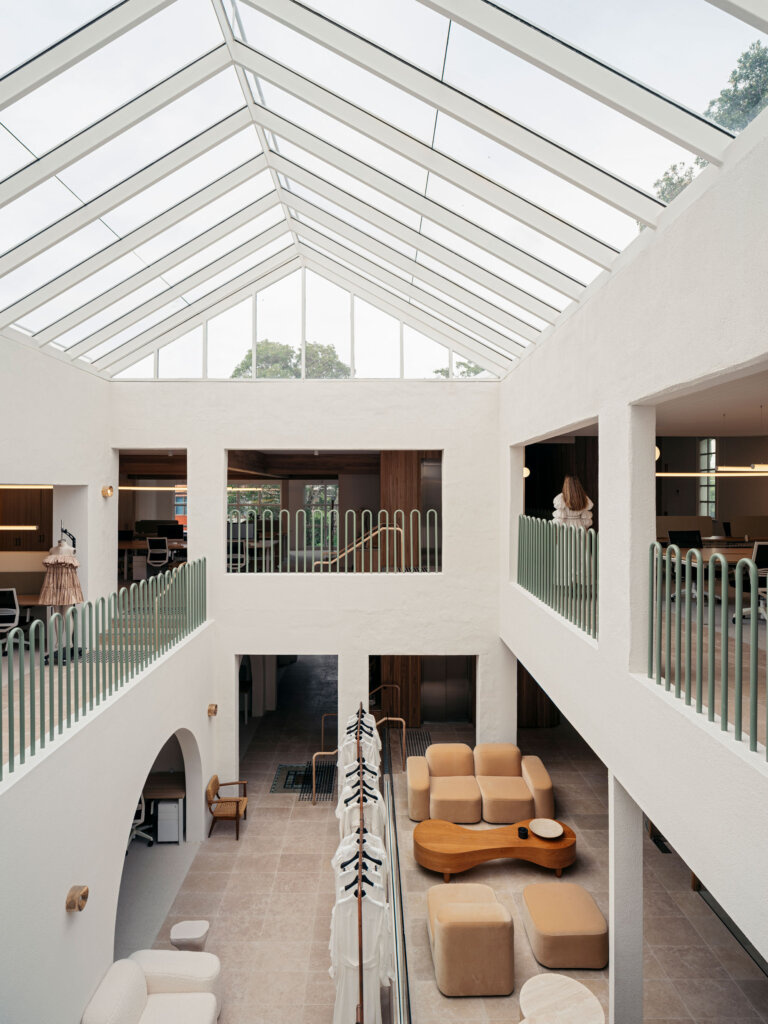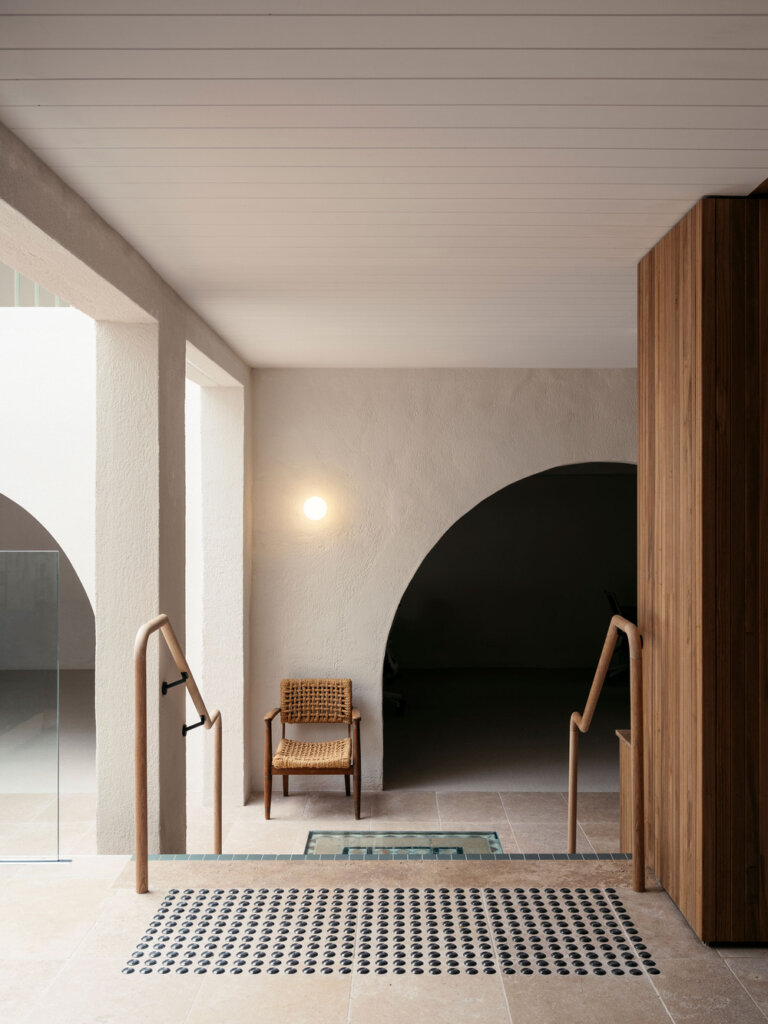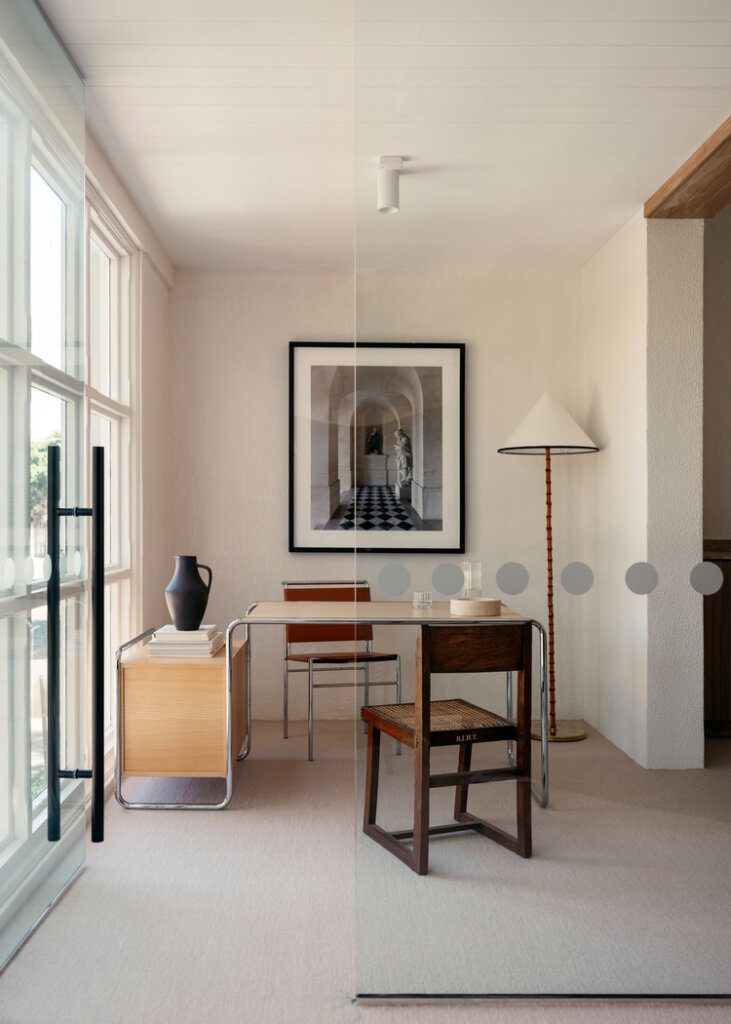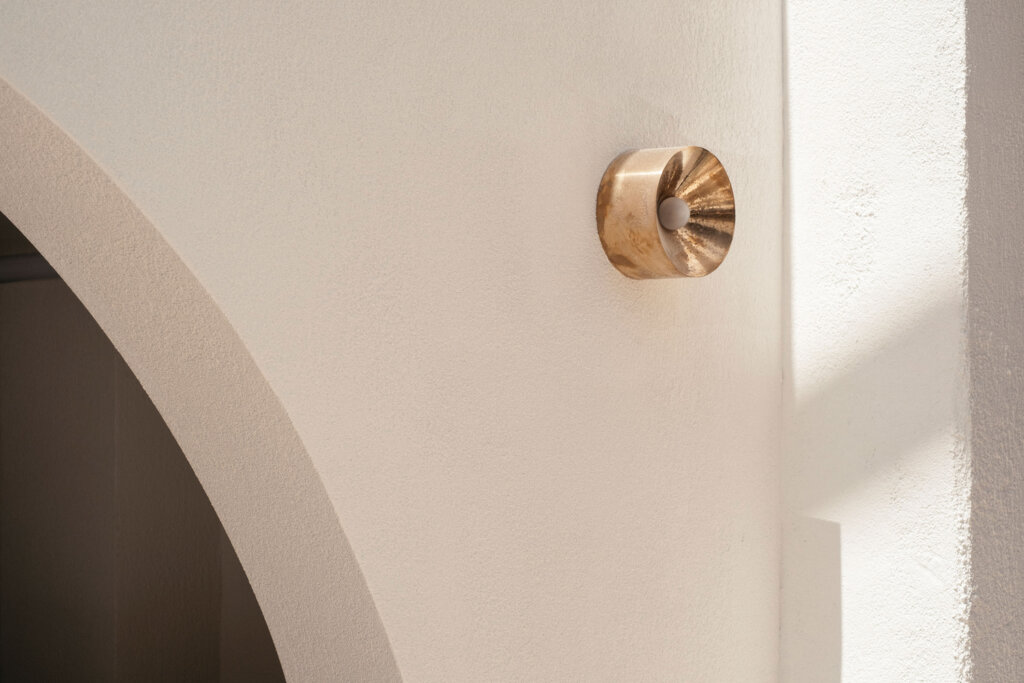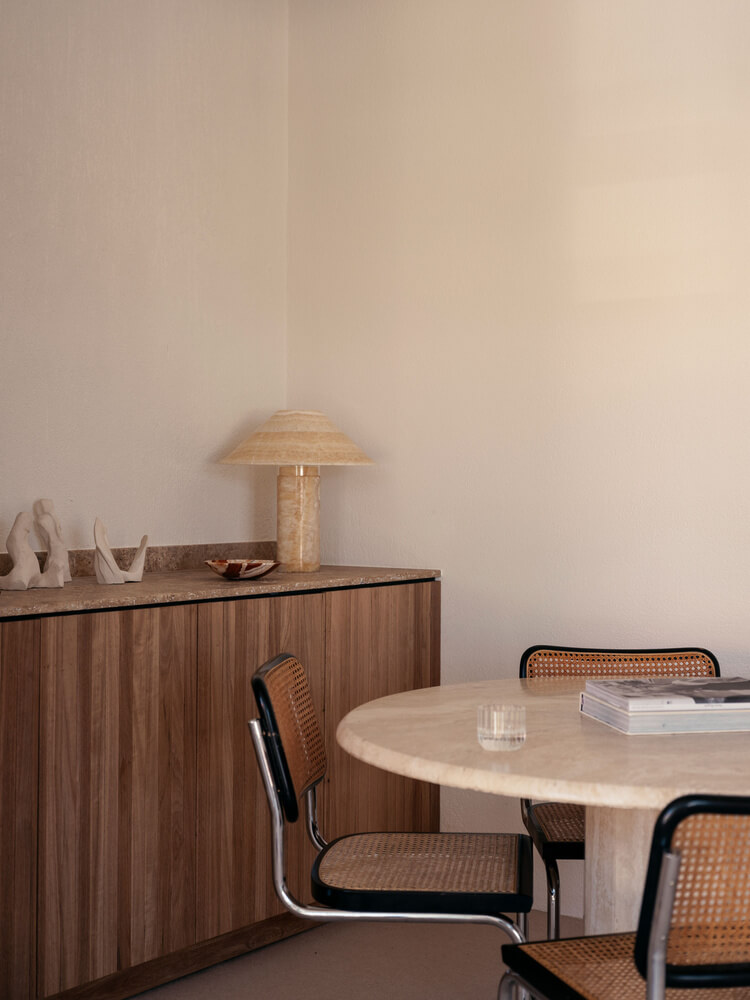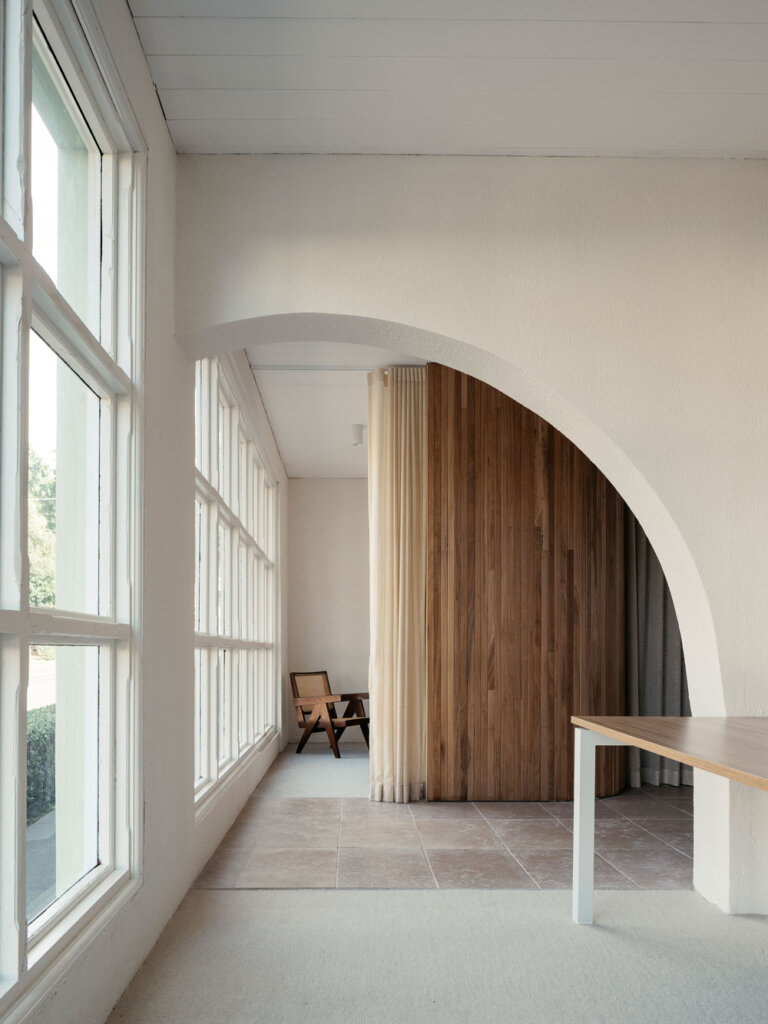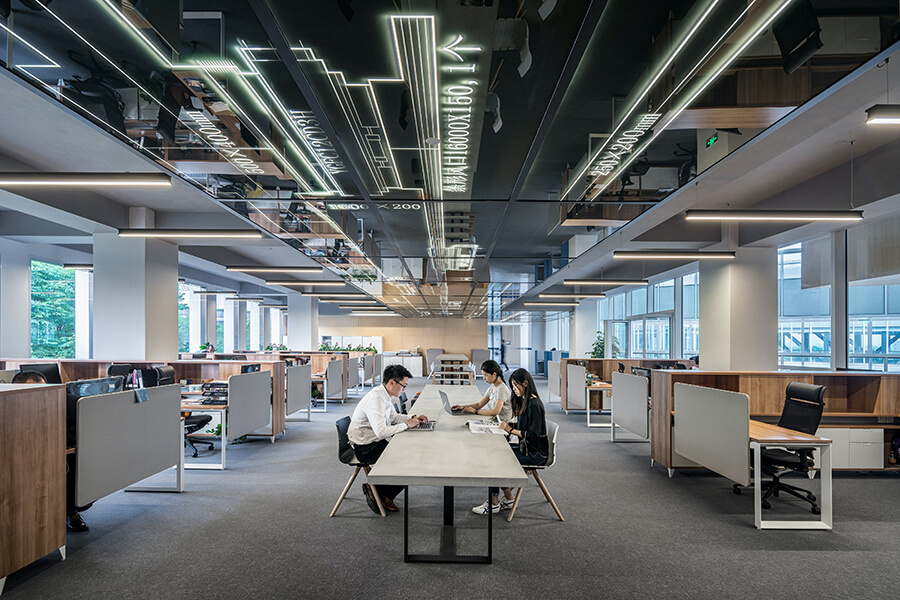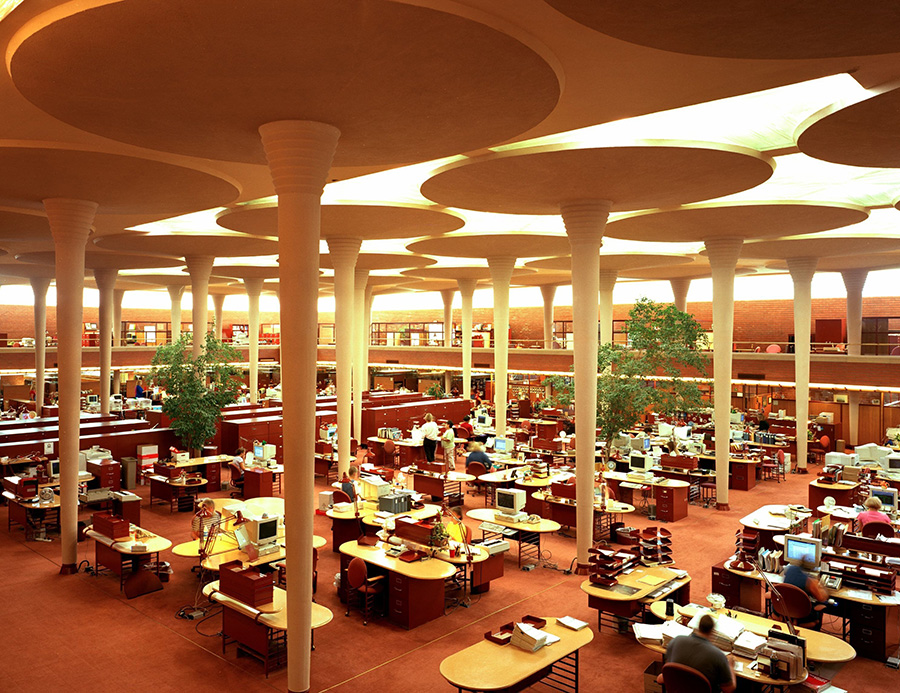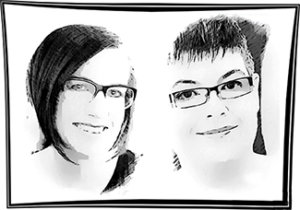Displaying posts from May, 2021
A balancing act
Posted on Mon, 31 May 2021 by midcenturyjo
Los Angeles-based design firm Acker Interiors describes this project as contemporary, with a touch of natural drama. It’s a perfect balancing act between dark and light, luxe (hello stone kitchen) and earthy finishes, inside and out.
Photography by Amy Bartlam
Shelter Island shingle
Posted on Mon, 31 May 2021 by midcenturyjo
The bucolic surrounds and a shingle clad farmhouse silhouette set the stage for this modern take on a holiday shack but don’t be fooled. For all its relaxed simplicity this getaway on Shelter Island is a sophisticated and chic family home. By Brooklyn-based Workstead.
Sunday at a floral design studio
Posted on Sun, 30 May 2021 by KiM
Alblanc is a floral design studio (and official distributor of the Frama brand in Spain) whose atelier is located in the heart of Poblenou, a neighborhood of Barcelona with an industrial history that currently houses a large part of the city’s creative scene. The space was formerly a warehouse for batteries and light bulbs. The renovation was inspired by Catalan and Mediterranean farmhouses. I spotted this on Thisispaper and had to share this lovely space. (Photos from Thisispaper and alblanc website)
Working on a Saturday
Posted on Sat, 29 May 2021 by midcenturyjo
It’s like I say week in week out. If you have to drag yourself into work on a weekend it helps if it’s somewhere stylish. Aje Headquarters by Those Architects.
Photography by Felix Forest
7 Best Illuminated Architectural Projects in the World
Posted on Fri, 28 May 2021 by Guest
Today, architectural lighting design is one of the most transformative elements in the building industry. Whether it’s natural or artificial lighting, proper illumination brings uniqueness to spaces by providing architects a broader scope to express their creativity while retaining the functionality, artistic value, and social perception of an architectural project.
If you look at modern building designs around the world, you can see how lighting design plays a vital role in the visual art of architecture. From using glass to ambient reflective surfaces, designers find different ways to showcase how various lighting solutions interact with various work and living spaces.
Here are seven of the best illuminated architectural projects worldwide:
The Water Cube, Beijing National Aquatics Center
Accentuating spatial borders and other structural elements using light creates distinctively beautiful spaces. Among such architectural masterpieces in commerce and outdoor advertising is the light box sign. Illumination and custom designs put in a box can make wonderful illustrations of a brand.
With its architectural design as a focal glow, the building uses both natural and modern light-box-inspired lighting to showcase its striking structural elements. Using the fluorine-based plastic ETFE, The Water Cube allows maximum daylight interior illumination and color-changing LED lighting, giving it a fascinating ambiance at night.
U.S. Air Force Academy (Center for Character & Leadership Development)
When reviewing the best-illuminated buildings, this 105-foot tall glazed masterpiece stands out. The artistically placed horizontal plates with reflective properties create adequate daytime illumination. At night, the structure’s base comes to life with LED floodlights. When coupled with the assortment of decorative mirrors, the lights make the interior space burst into an exciting glow.
When fully lit, the building evokes tremendous emotion with its ability to symbolize the design appeal of each space. The oculus found inside the building’s Honor Board Room further emphasizes the transformation. With rooms full of color and captivating architectural elements, such lighting serves to make it even more stunning.
Hyundai Capital Convention Hall in Seoul, South Korea
The Hyundai Capital Convention Hall serves a variety of purposes. From hosting training events to showcasing video presentations, the interior space requires flexible illumination. To achieve this, the lighting design project uses various lighting options, including stage lights, movable recessed lights, and linear wall lights. With individual operations, there are thousands of possible light configurations to suit different occasions.
Striking a balance between light and innovative architecture and design depends on aesthetics, efficiency, and functionality. The convention hall adequately addresses all three aspects to produce simple yet adequate lighting, showcasing its architectural beauty. The lighting project also uses an abundance of accent lighting in the screening hall, creating breathtaking shapes and graphics in a captivating blend of natural and artificial lighting.
Ports 1961 Shanghai in Shanghai, China
The flagship store by Ports 1961 in Shanghai is best described with two words: innovative and breathtaking. The store adopts an iceberg-like design made entirely from glass. The three-story structure uses sculptural design elements instead of the standard two-dimensional glass blocks. The features, creatively designed by combining traditional square and L-shaped glass blocks, fascinatingly provide adequate natural lighting.
The exterior design does more than complement the interior. When stepping through the entrance, the square blocks’ interior elevations display LED monitors coupled with linear LED lights installed along the joints. The light reflects indirectly from the glass to create a breathtaking effect, especially at night. When lit, it results in a beautiful icy glow, reminiscent of an iceberg in the moonlight.
Lighting Design Is at the Forefront of Modern Architecture
Today’s architectural trends show the demand for efficient lighting systems for both interior and exterior environments. A designer can use their innovation to make the lighting enhance the building’s overall design without losing its primary function (to see) while ensuring the overall architecture is appealing and user-practical.
Many of the best-lit buildings and structures globally take advantage of both natural and electric lighting. With the increasing need for sustainable green energy solutions, investing in natural lighting techniques will save energy while maintaining functionality. Architects need to continue working with interior designers to design aesthetically appealing, functional, and energy-saving lighting techniques for a sustainable future.
